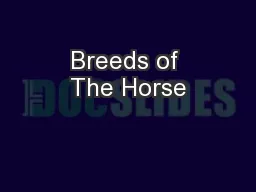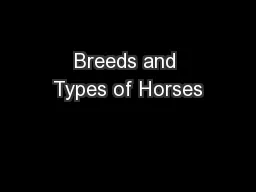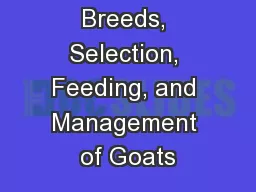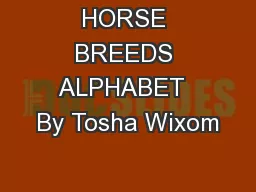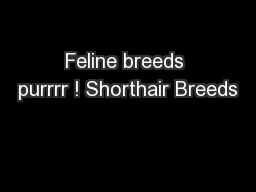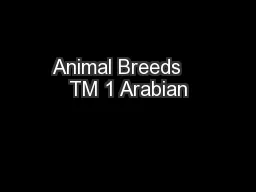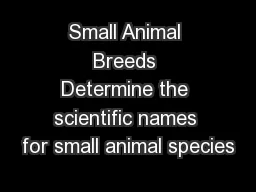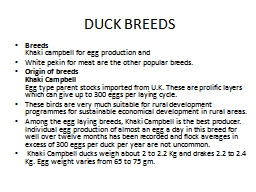PPT-Breeds of The Horse
Author : tatiana-dople | Published Date : 2016-12-20
Laurie Mays Locust Trace AgriScience Farm At least 142 hands tall at the withers 900 1400 pounds Most common type of horse in the United States Light Breeds Origin
Presentation Embed Code
Download Presentation
Download Presentation The PPT/PDF document "Breeds of The Horse" is the property of its rightful owner. Permission is granted to download and print the materials on this website for personal, non-commercial use only, and to display it on your personal computer provided you do not modify the materials and that you retain all copyright notices contained in the materials. By downloading content from our website, you accept the terms of this agreement.
Breeds of The Horse: Transcript
Download Rules Of Document
"Breeds of The Horse"The content belongs to its owner. You may download and print it for personal use, without modification, and keep all copyright notices. By downloading, you agree to these terms.
Related Documents

